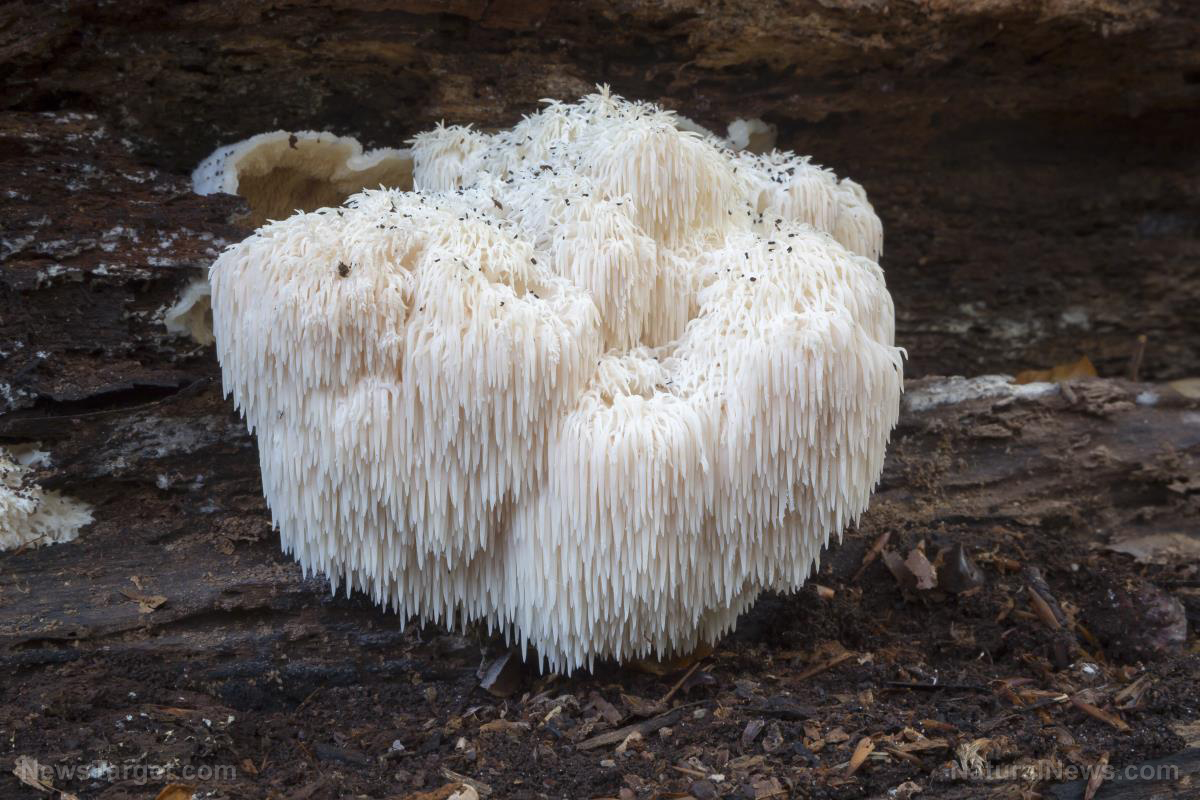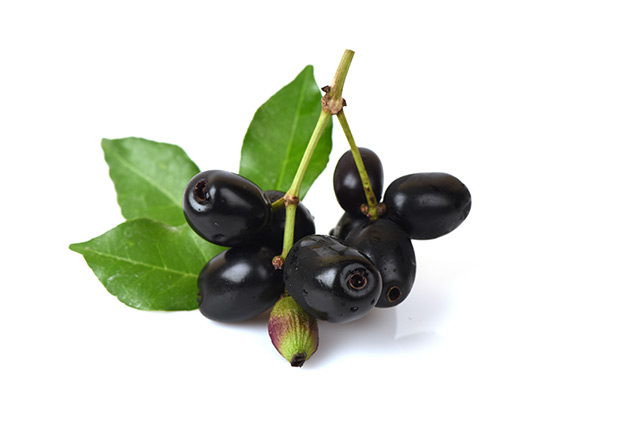Cover crops found to reduce weed infestations, need for tillage while returning nutrients to the soil
01/26/2018 / By Jhoanna Robinson

A study that was published in the journal Agriculture, Ecosystems & Environment found that utilizing cover crops could help in reducing the need for tillage, increasing soil fertility, maintaining yield, and managing weed growth problems. (Source: Science.news)
A three-year experiment in Switzerland had researchers studying eight cover crop treatments, which were cultivated for a short two-month period between two winter wheats.
The researchers said that high cover crop biomass production enabled the suppression of weed biomass in all tillage treatments, unlike the no cover crop control.
Wheat grain yield was considerably higher in the minimum tillage rather than in the plough treatment. Wheat yield in the no till treatment, on the other hand, was significantly low, except in the field pea treatments, where wheat yield was the same as that of the yield in the plough and minimum tillage treatments.
These differences in biomass production is indicative of the variations in nutrient inputs and in soil nutrient concentration.
The study further showed that crop cover cultivation could significantly increase soil organic carbon and total nittrogen, particularly in reduced tillage treatments. Furthermore, these findings demonstrated that utilizing a well-developed cover crop, even for just two months, enables the propagation of wheat field in a no till treatment, and affects soil fertility and nutrient cycling.
In conclusion, the research surmised that proper use and management of cover crops, balanced with tillage reduction, is key to yield maintenance and soil fertility improvement in the long term.
The power of the elements: Discover Colloidal Silver Mouthwash with quality, natural ingredients like Sangre de Drago sap, black walnut hulls, menthol crystals and more. Zero artificial sweeteners, colors or alcohol. Learn more at the Health Ranger Store and help support this news site.
Cover crops and their kinds
A lot of plants can be used as cover crops. Most popular among them are legumes and grasses (including cereals); brassicas (such as rape, mustard, and forage radish) are also being turned to for this purpose.
Leguminous crops are composed of summer annual legumes – which include soybeans, peas, and beans – and winter annual legumes that are usually planted in the fall and grow ripe in the winter, such as Austrian winter field peas, hairy vetch, subterranean clover, and crimson clover. Winter biennials and perennials include alfalfa, red clover, sweet clover, and white clover. Crops that are normally utilized as winter annuals can sometimes be grown as summer annuals in cold, short-season regions. Vice versa, summer annuals that easily succumb to frost, like cowpeas, can be grown as a winter annual in the deep southern United States.
Legumes have the ability to fix nitrogen from the atmosphere and incorporate it into the soil. Legumes that have a fairly substantial amount of growth, such as hairy vetch and crimson clover, may give over 100 pounds of nitrogen per acre to the next crop. Field peas, bigflower vetch, and red clover give 30 to 80 pounts of nitrogen. Legumes also provide a myriad of benefits such as attracting beneficial insects, adding organic matter to soils, and helping control erosion.
Grasses that are commonly used cover crops include annual cereals (wheat, barley, oats, rye), annual or perennial forage grasses such as ryegrass, and warm-season grasses such as sorghum-sudan grass. They are very useful for scavenging nutrients, especially nitrogen, that a previous crop left over. They reduce erosion and help add organic matter to the soil. Plus, they aid in suppressing weed germination and proliferation.
However, one problem with grasses is this: If you grow the crop to maturity for the maximum amount of residue, you reduce the amount of available nitrogen for the next crop. This little inconvenience can be avoided by eliminating the grass early or by adding extra nitrogen in fertilizer or manure form. One can also opt to supply extra nitrogen by seeding a legume-grass mix.
Brassicas that find use as cover crops include mustard, rapeseed, and forage radish. They are used as winter or rotational cover crops in vegetable and specialty crop production, such as potatoes and tree fruits. Canola grows well under the moist conditions of late fall, when other kinds of plants are going dormant for winter. Rape usually succumbs to harsh winter conditions but is cultivated as a winter crop in the middle and southern sections of the U.S. (Related: Plant this tasty winter cover crop to increase next year’s vegetable yields with no chemicals.)
Forage radish easily grows in the late summer and fall, which allows significant uptake of nutrients. It improves rainfall infiltration and storage. It also eases root penetration and development by the following crop.
Canola and other brassica crops can be utilized as biofumigants, preventing the infest of soil pests, especially plant-parasitic nematodes and root pathogens.
For more stories regarding agriculture and crop production, visit Harvest.news.
Sources include:
Tagged Under: agriculture, biomass production, brassicas, cover crops, crop yields, food science, grasses, legumes, Nitrogen, soil nutrients




















